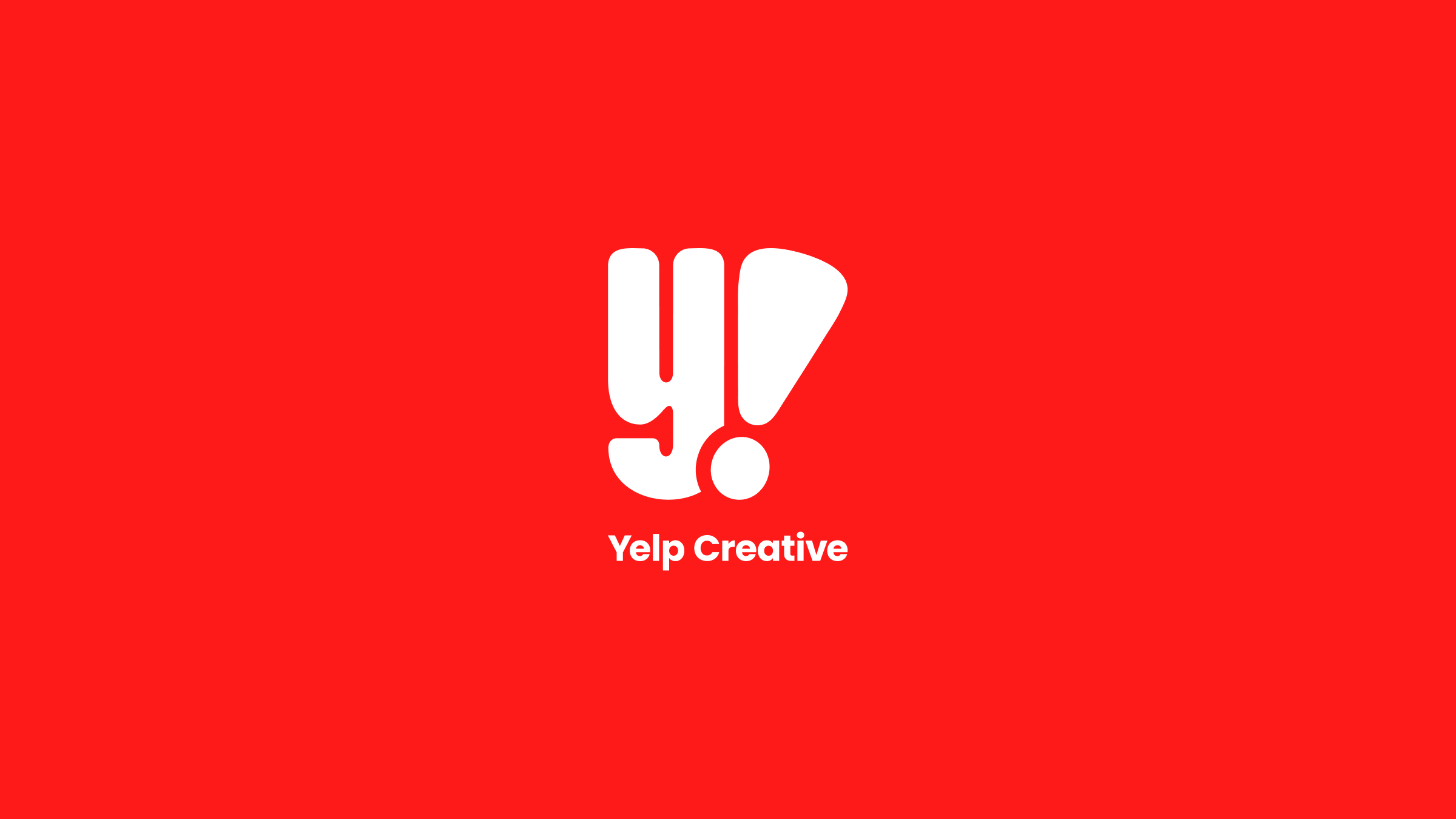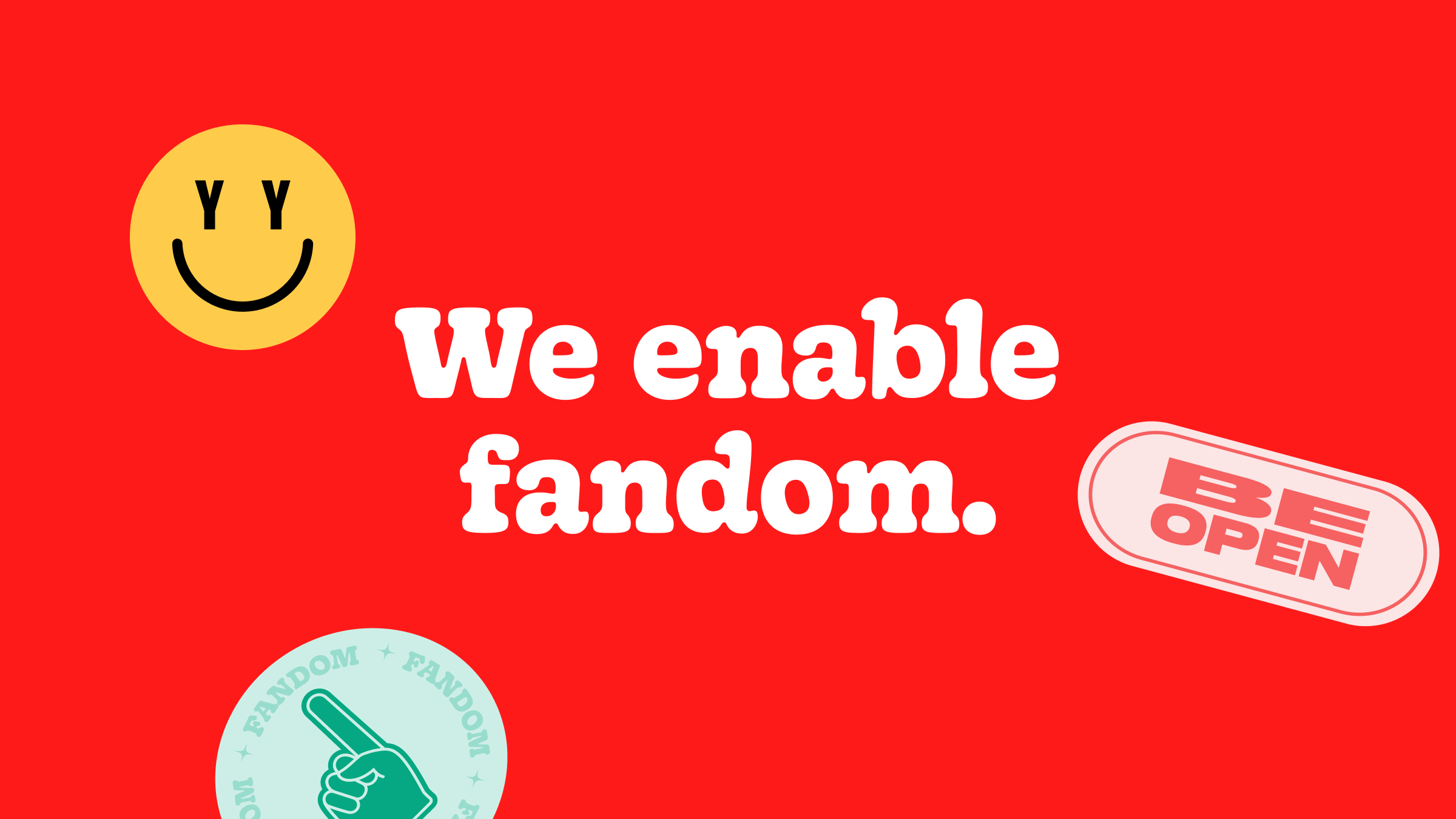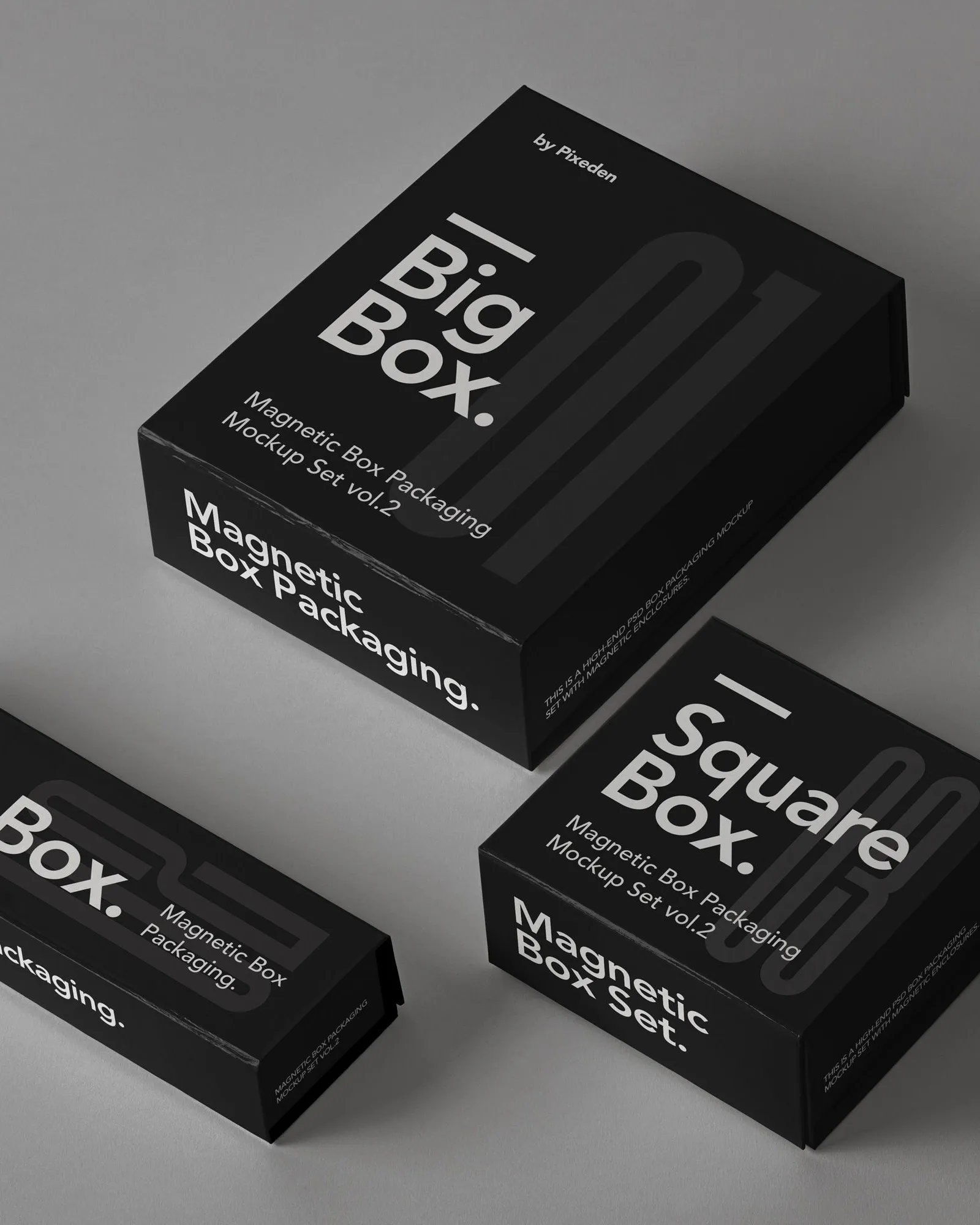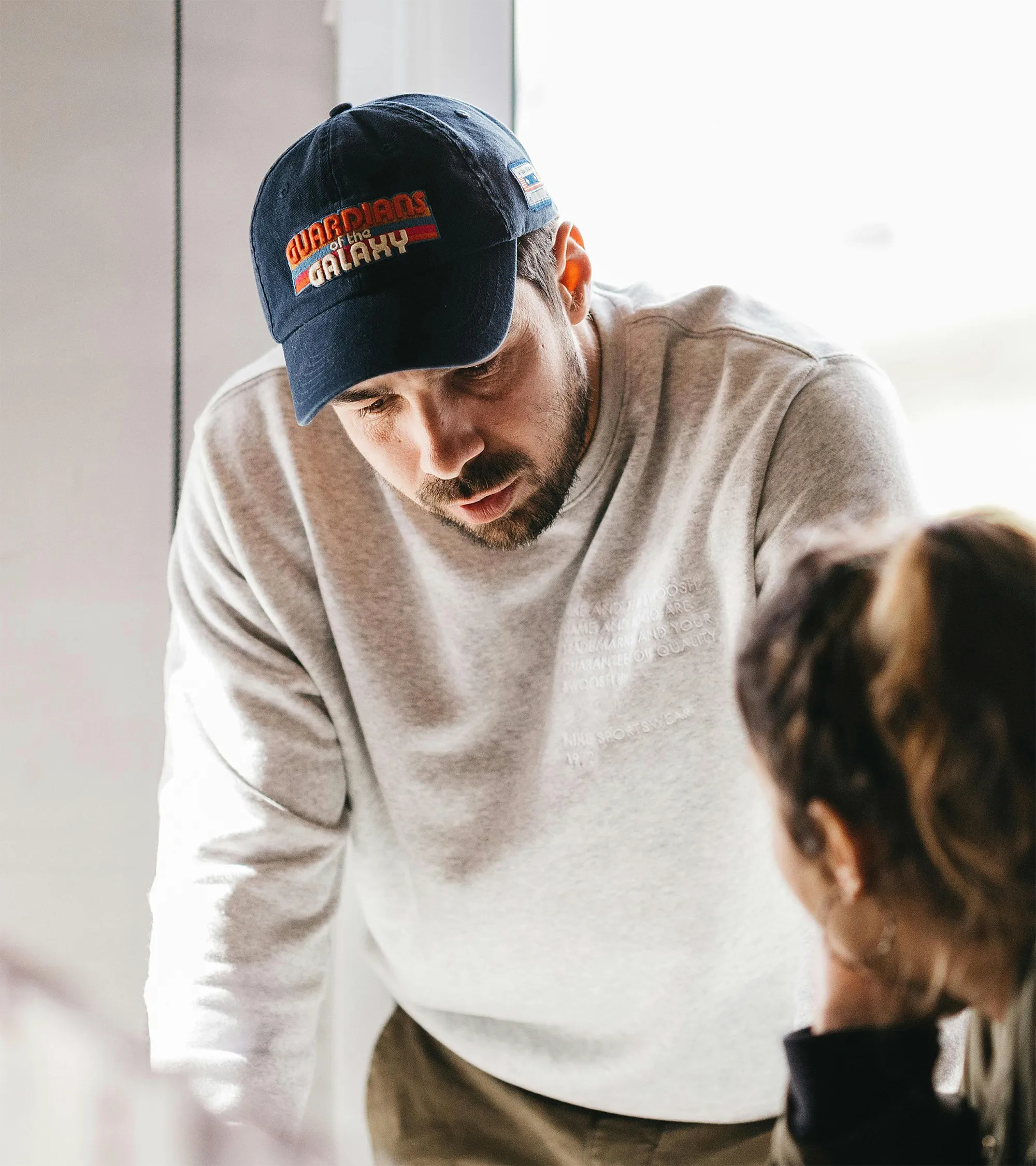

Scale is a brutal test. A creative process that works for a team of five will shatter when applied to a team of fifty. At a company the size of Yelp—with multiple departments, competing priorities, and a relentless demand for high-quality content—you can’t just "be creative." You have to build a system for creativity.
When I stepped into the role of Creative Program Manager and Acting Director of Operations, I inherited a group of incredibly talented creatives, producers, and marketers. But they were siloed. The product team would develop a new feature, the marketing team would spin up a campaign, and the creative team would get the brief at the last minute. Workflows were inconsistent, handoffs were messy, and a significant amount of time was lost to miscommunication and rework.
The result was creative friction and operational inefficiency. We were shipping good work, but it was taking a heroic effort to do so.
My mission was clear: we needed to move from a series of ad-hoc projects to a single, cohesive Creative Operating System. I led an initiative to bridge the gaps between our creative, product, and ops teams, designing new workflows, communication protocols, and strategic dashboards from the ground up. By treating our internal operations as a product, we increased our overall campaign delivery efficiency by 25% and transformed our department from a reactive service provider into a proactive, strategic partner. This is how we built the machine.


From Creative Friction to a Unified Workflow
Before we could build a solution, we needed to map the problem. I embarked on a three-phase journey to diagnose, design, and deploy our new operating system.
My first 30 days were a listening tour. I conducted stakeholder interviews with leads from every adjacent department—Product, UX, Core Marketing, Sales, and Legal. I didn't ask what they wanted from the creative team; I asked them to walk me through the lifecycle of a recent project, step by step. I built a detailed Process Map for our 10 most common project types, from a simple social media campaign to a complex, integrated product launch.
This audit revealed three critical friction points:
Creative was being brought in at the end of the process. Briefs were often incomplete, lacking clear strategic goals or user insights, forcing the creative team to guess what success looked like.
Lack of Visibility: Leadership had no easy way to see the creative team's current workload or capacity. This made it impossible to strategically resource new projects, leading to constant fire drills and team burnout.
Project communications were scattered across email, Slack, and multiple Google Docs. There was no central place to track progress, feedback, or final approvals, leading to confusion and version control nightmares.
Leadership had no easy way to see the creative team's current workload or capacity. This made it impossible to strategically resource new projects, leading to constant fire drills and team burnout.
The Architecture (Designing the System)
With a clear diagnosis, I designed a new Creative Operating System built on three pillars. This wasn't just a new workflow; it was a new philosophy of working.
I worked with Product and UX leads to kill the old creative brief and replace it with a collaborative "Strategic Briefing" process.
We moved 100% of our project management into Asana. This became our non-negotiable single source of truth.
This three-part system was the architecture for our new way of working. It was designed to foster proactive collaboration, eliminate ambiguity, and make our performance visible and measurable.


25% Faster and Becoming a Strategic Partner
The implementation of the Creative Operating System had a transformative effect on our team and our relationship with the rest of the company. The shift from a reactive service center to a proactive strategic partner was reflected in both our operational metrics and our team's morale.
The Tangible Business Impact:
This was our primary success metric. By reducing the cycles of rework, eliminating communication bottlenecks, and clarifying roles from the outset, we were able to deliver final assets for our integrated marketing campaigns an average of 25% faster. This meant our work could get into the market sooner, capitalizing on timely opportunities.
We conducted quarterly internal surveys. After two quarters with the new system, our "stakeholder satisfaction score"—a measure of how Product, UX, and Marketing teams rated their experience working with Creative—had improved by 15%. They cited "clearer communication," "more strategic input," and a "smoother process" as the key drivers.
The new visibility and process rigor meant we could accurately forecast our timelines and manage our capacity. For the first time, we had a predictable and reliable system, which rebuilt trust across the organization.
Three Principles for Scaling Creativity
Building this system from the ground up taught me invaluable lessons about how to scale a creative function within a high-growth organization.
You must treat your own workflows with the same rigor and user-centricity as an external-facing product. I had to become the "product manager" for our creative operations. This meant interviewing my "users" (the other departments), identifying their pain points, designing a solution (the new system), and constantly iterating based on their feedback.
The single biggest unlock for our team was the creation of the performance and resourcing dashboard. When other teams could see our workload, their requests became more thoughtful. When we could see our own bottlenecks, we could solve them proactively. Making the work visible is the first and most critical step toward making it better.
The success of the entire system hinged on redesigning the creative brief. We forced the conversation to start with the user's needs (via Product and UX), which in turn created empathy and a shared sense of purpose. A great brief isn't a list of demands; it's a document that aligns the entire team around a single, user-focused mission.
Ultimately, this project was about more than just flowcharts and software. It was about designing a system that allowed talented people to do their best work with the least amount of friction. It proved that operational rigor isn't the enemy of creativity—it's the framework that allows creativity to thrive at scale.
A Practical Guide to Creative Ops: How to Ship Great Work, Faster
See what our satisfied clients say about working with us.

Our proven process ensures successful outcomes and client satisfaction every time.



